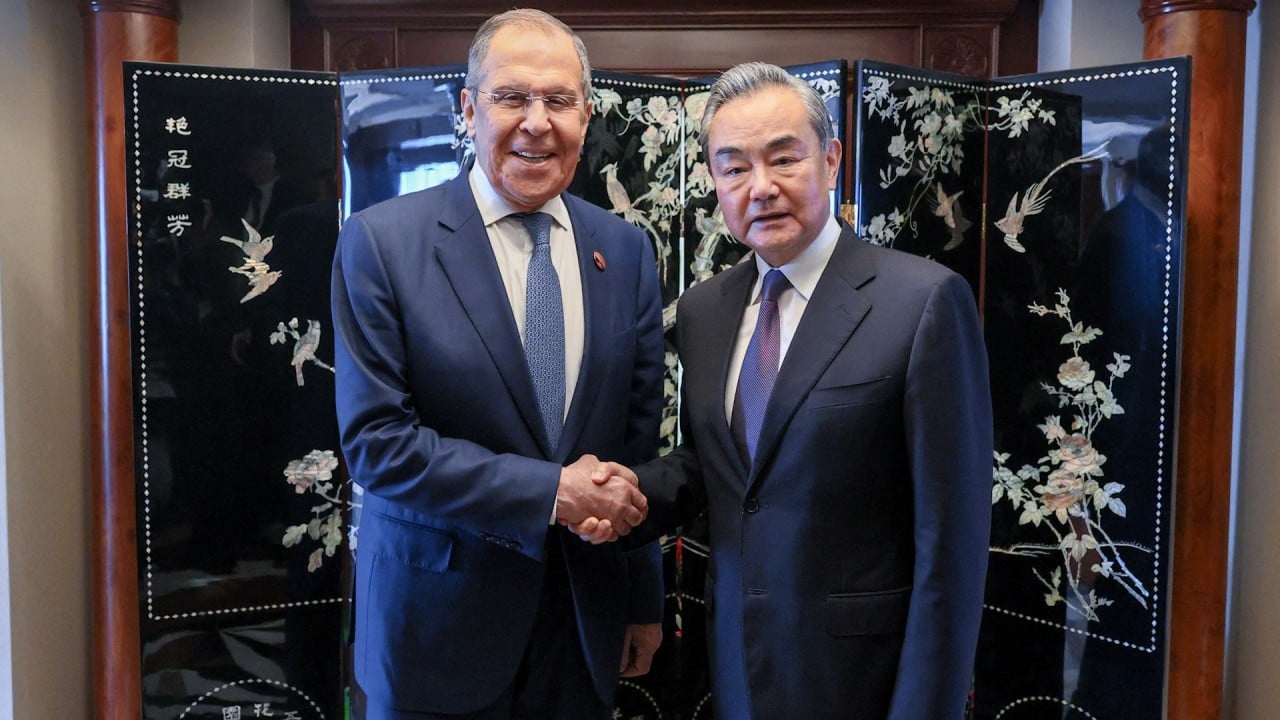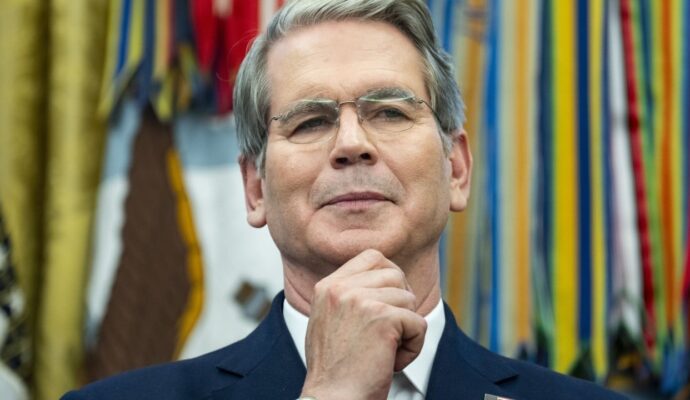“We will actively promote cooperation projects in the joint development of long-range widebody passenger aircraft and heavy helicopters,” a joint communique released on Thursday said. It did not say how they would cooperate and which companies would be involved.
Beijing is hoping to develop next-generation wide-bodied passenger planes – a move that would further challenge the dominance of Boeing and Airbus in China .
The two nations first discussed the plans to develop a plane in 2017, when the Commercial Aircraft Corporation of China (Comac) and Russia’s United Aircraft Corporation set up a joint venture in Shanghai to focus on building a wide-bodied airliner called the CR929.
The Russian side was widely believed to have dropped out earlier this year, partly because of the sanctions imposed by the US and its allies over its invasion of Ukraine.
The Russian airline company was put on the US sanction list last summer, which could result in secondary sanctions on the Chinese project because many parts are still supplied by Western firms.
In September Comac announced that it had set up a laboratory to design what it now called the C929, rather than the CR929 – with the absence of the “R” suggesting to many analysts there would be no further Russian involvement.

According to some forecasts, including one by the Russian nuclear power firm Rosatom, the route could become ice-free as soon as the summer of 2035 as a result of global warming – a development that several studies suggest could cut the time taken to ship goods from China to Europe by 30 to 40 per cent, compared with the route via the Suez Canal.
The two countries also agreed to work on cooperation in digital trade, biomedicine, the low-carbon economy and supply chain security during talks between Chinese Premier Li Qiang and Russian Prime Minister Mikhail Mishustin.
They also plan to engage in regular discussions on AI cooperation and open-source technologies, saying: “We will both explore the application of AI in emerging fields such as medical science.”
In the first 11 months of the year, trade between the two countries rose by 26.7 per cent year on year to reach US$218.2 billion, according to Chinese customs data.
China is now Russia’s largest energy buyer and is expected to purchase more given its rising domestic demand. Meanwhile, its car makers are taking advantage of the withdrawal of foreign competitors to expand sales in Russia.
China and Russia pledge to defend core interests as Moscow faces new sanctions
China and Russia pledge to defend core interests as Moscow faces new sanctions
China is also increasing its exports of electromechanical products, home appliances and clothing while importing more Russian energy, ores, timber and agricultural products, according to China’s ambassador to Russia Zhang Hanhui.
Chinese visitors also accounted for a quarter of the total inbound tourists to Russia thanks in part to a mutual visa waiver, Zhang told Russian state-owned news agency Sputnik on Tuesday.
He also said Chinese firms are willing to work with Russian oil companies to find new investment opportunities.



